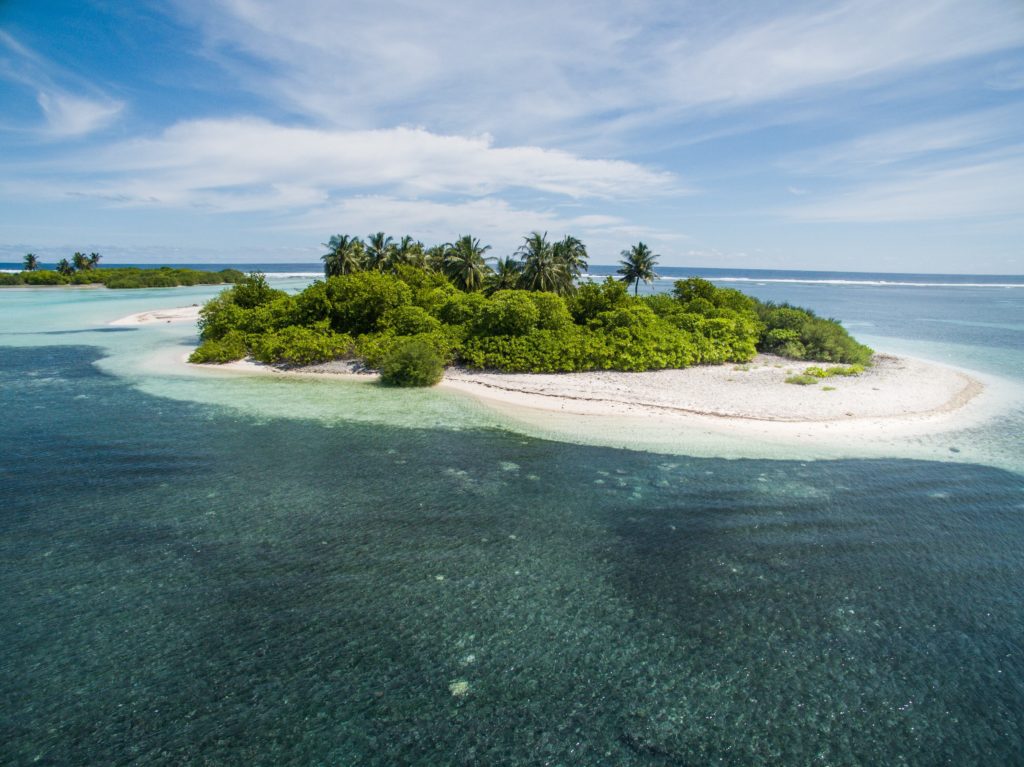Part of our ‘Becoming Information Conscious’ series. We have created a workbook for these exercises using Google Sheets – note you’ll need to be logged into Google to make a copy.
So you want to become information conscious and eliminate your information islands? The first step is to understand what information you actually have. If you can, get your team together (if you have one), find a large space and run this as a workshop. It’s no bad idea to get a trusted advisor in as well to give a different perspective – call in a favour from a knowledgeable friend if you don’t want to pay for it.
- Find a large piece of paper, at least A3 but a flipchart is better. Also get a Post-It pad. Clear a space big enough for the paper.
- Start to map the major pieces of information your business holds, by writing the titles at the top of individual Post-Its and sticking them to your sheet. Examples might be ‘Customer Information’, ‘Schedule’, ‘Project Plans’, ‘Stock’.
- Make specific notes in the rest of the space on the Post-Its about exactly what information is in each place and how it is stored.
- Group the smaller pieces of information together (this is why Post-Its are useful) and highlight the ones that are the biggest problem to your business, i.e. those that are real information islands.
Just for now, don’t link the islands together (that’s the next exercise). You can also use a Google Jamboard to do this – we’ve created an example.

Once you’ve done that, you need to sort and define up to six key items. The table below as a guide, we’d advise you to use our workbook to do this.
| Information area | Detailed description | What format is this information stored in? List systems, document types, platforms etc |
| e.g. Customer Details | All information about our customers, prospects and contacts. Used by sales but also during the delivery process | Outlook contacts, call list spreadsheets |
Now you know what islands you have it’s time to look at how information flows (or at least can flow) between the various functions of a business. The next exercise add the information flows in to your map of information islands from the exercise above.

